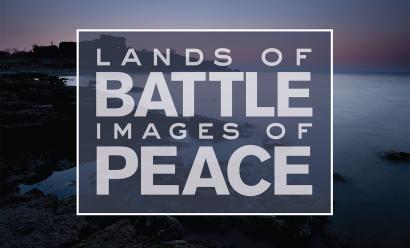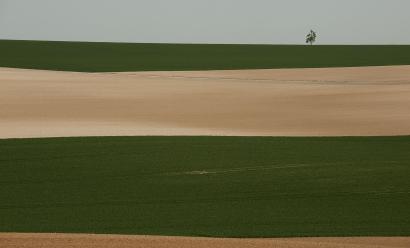11.
Volče, Slovenia
2021.169.364 →
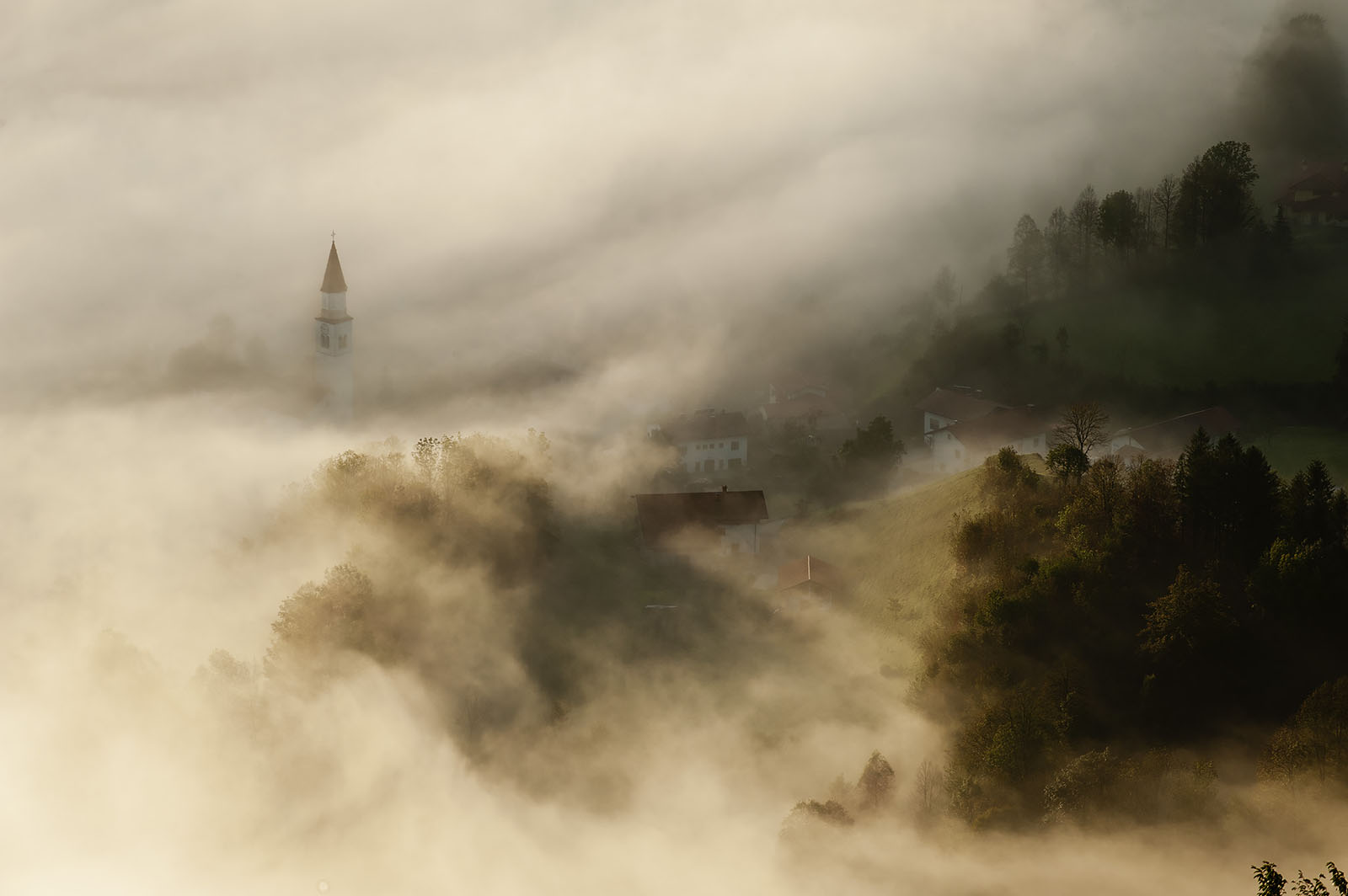
By late Oct. 1917, the largely defeated Italian Army was in full retreat from Slovenia back to Italy. Traversing 75 miles of mountainous terrain on foot, the Italians crossed the Isonzo River at the border in snow and fog on Oct. 24. The Germans attacked with artillery bombardment that included poisonous chlorine and phosgene gas, leaving Italian forces little time to prepare. Thousands perished from exposure.
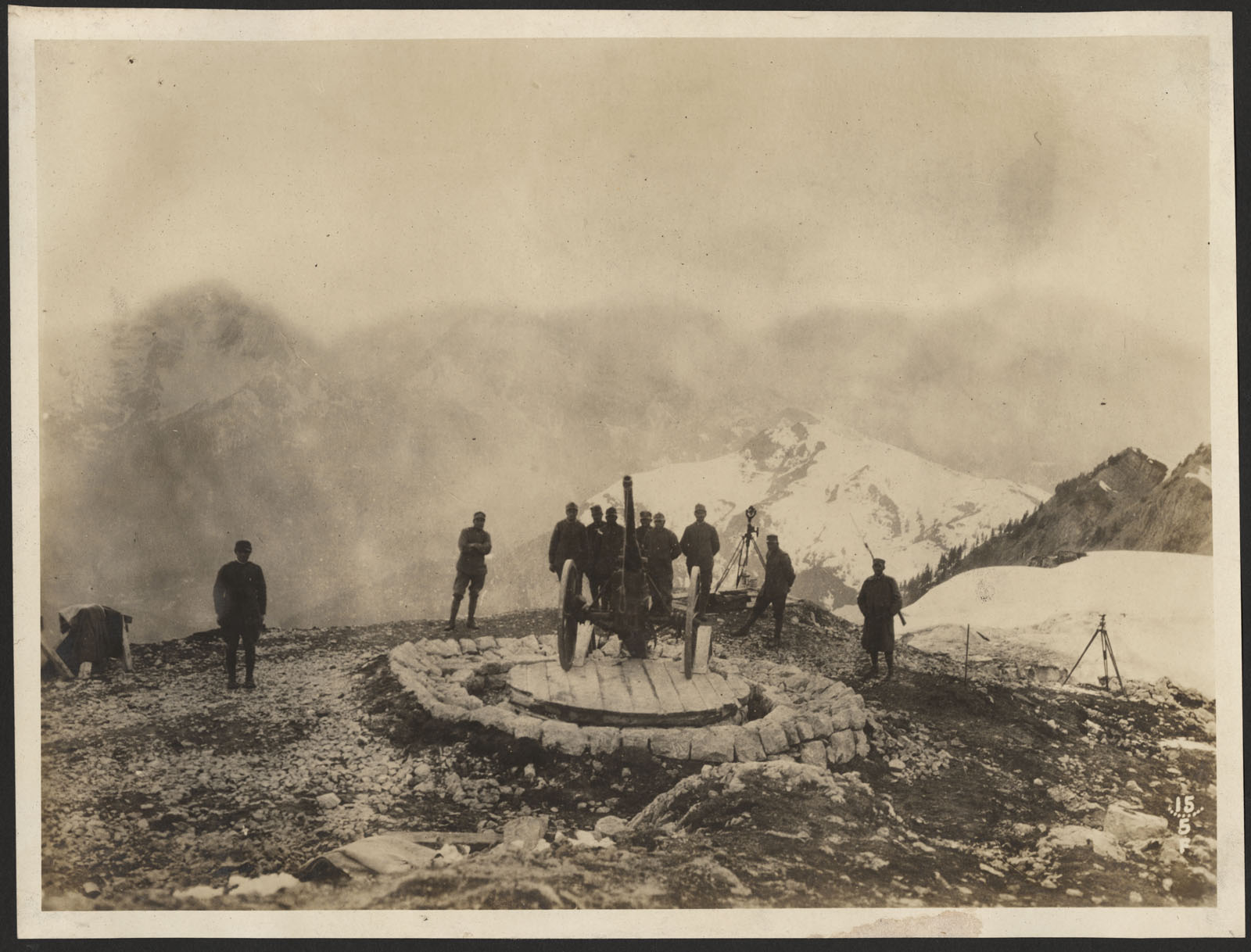
2006.33.1.63 →
12.
Champagne, France
2021.169.306 →

This is likely the last battlefield burial memorial left intact on the Western Front of WWI. This site marks the original grave of French Corporal Edouard Marius Ivaldi, killed on April 30, 1917. Corporal Ivaldi's grieving father searched for his son's remains after the war. In 1919, he placed a wooden cross at the site where his son fell in eastern France. Almost a century later, the memorial’s location is closely guarded.

From the Photographer
Click 'play' to hear Michael St Maur Sheil's commentary
There's recently been a lot of comments about the urge that the people seem to have to flood their social media pages with pictures of their travels. Personally, I think any media which serves to introduce people to the history of warfare and its consequences is to be encouraged as long as it is historically accurate and seeks to explain the subject.
Merely taking a picture of a battlefield as a trophy to show where one has been does little for the subject and certainly nothing for the viewer. The example of the grave of Corporal Ivaldi to me illustrates the nature of burial on the battlefield at the time, and is the last such burial site on the Western Front. It is surely worthy of respect and consideration for what it tells us about the nature of that conflict.
Really, such a picture needs careful explanation of its context and what it tells us about the experience of the soldiers in that war, rather than simply being regarded as just another snapshot of a hurried trip to the battlefields of France.
13.
Jerusalem, Palestine
2021.169.411 →
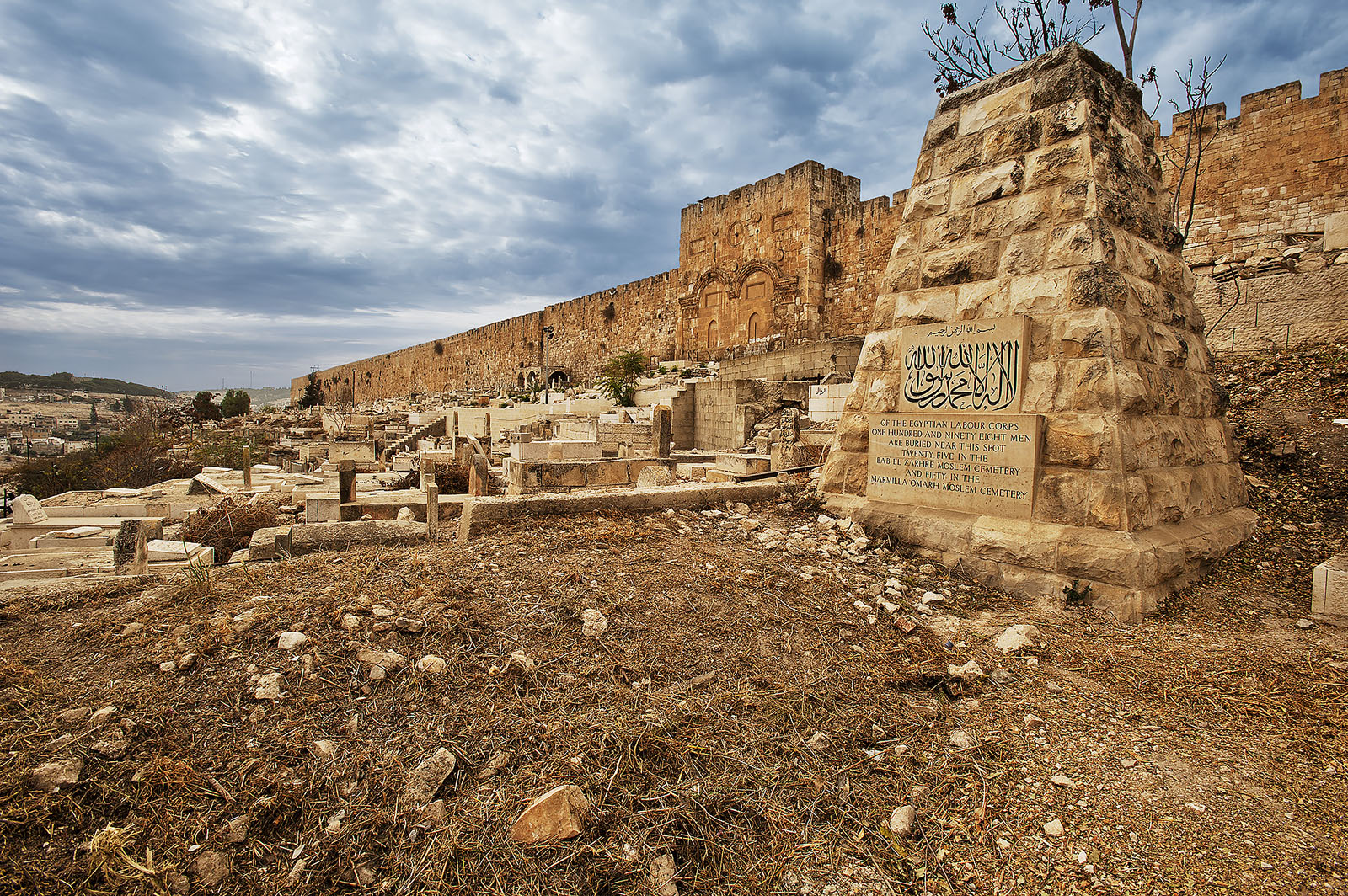
The Egyptian Labour Corps was crucial to the success of Allied operations throughout the Middle East. They were responsible for maintaining the fragile web of rail, road and pipelines that supplied the region. Often recruited from poor Egyptian villages, the Corps had over 55,000 laborers at its peak in 1917. The Bab Sitna Mariam Islamic Cemetery lies at the foot of Jerusalem's city walls, near the Al-Aqsa Mosque. The memorial honors 198 men of the Egyptian Labour Corps buried here.
14.
Bois Haut de Buxerelles, Saint-Mihiel, France
2021.169.193 →
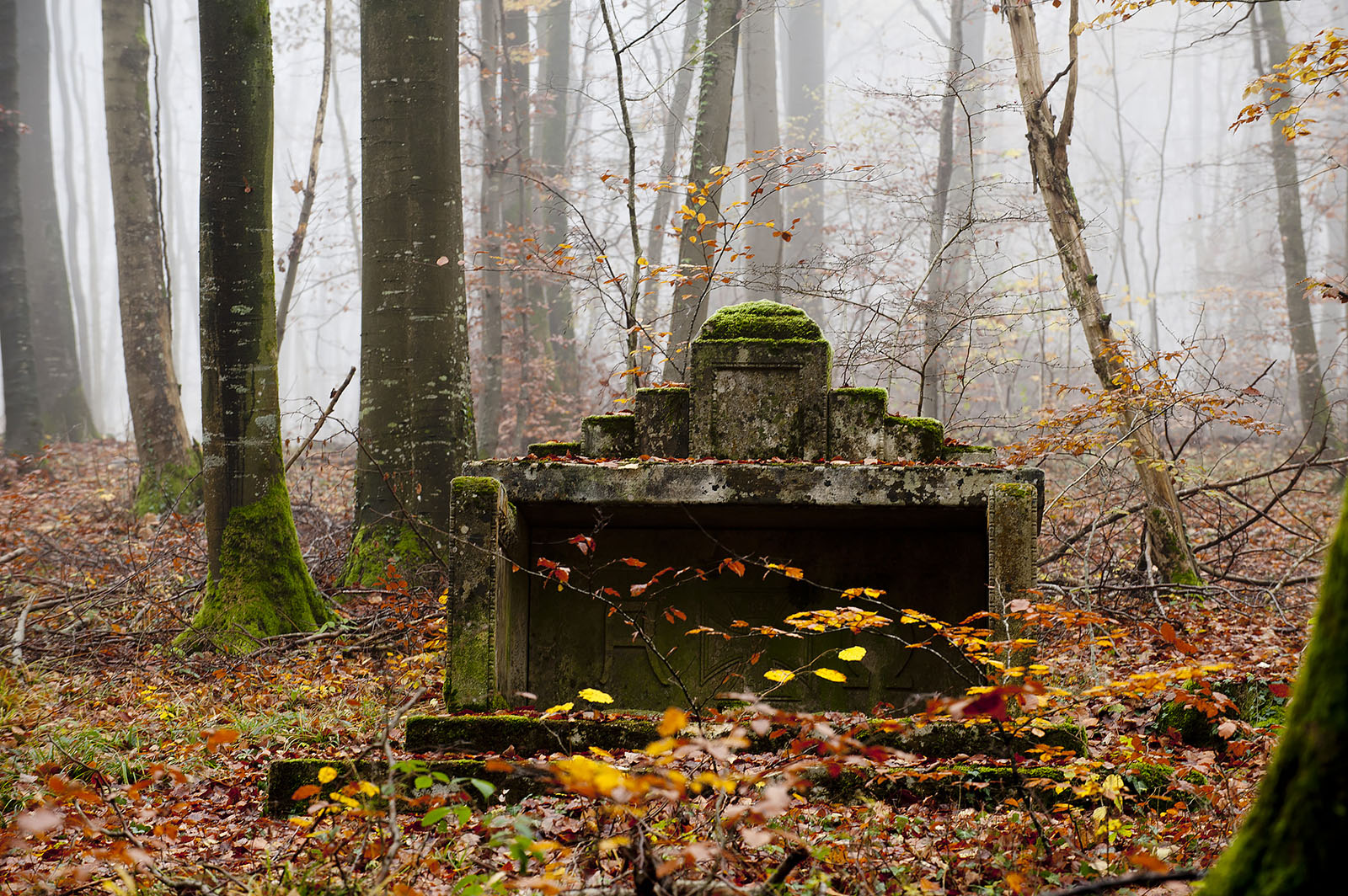
This German religious altar was built in the Bois Haut de Buxerelles by members of the German Landwehr Infantry Regiment Number 120, likely for Catholic feldgottesdienst (field religious services). Landwehr units in the Imperial German Army were typically older soldiers conducting security roles in occupied regions. Soldiers of the 54th Landwehr Brigade, the headquarters for the 120th in 1915, were predominantly Catholics from Bavaria.
15.
Coucy-le-Château-Auffrique, France
2021.169.173 →

Industrialization birthed a new era of large artillery. The artillery piece at Coucy was a converted German naval gun known as "Langer Max." Though originally built for coastal defense, the 80 ton "Max" was fixed to a concrete base at Coucy where it could range nearly 30 miles. The massive gun required a crew of 200 to fire a single round every 30 minutes.
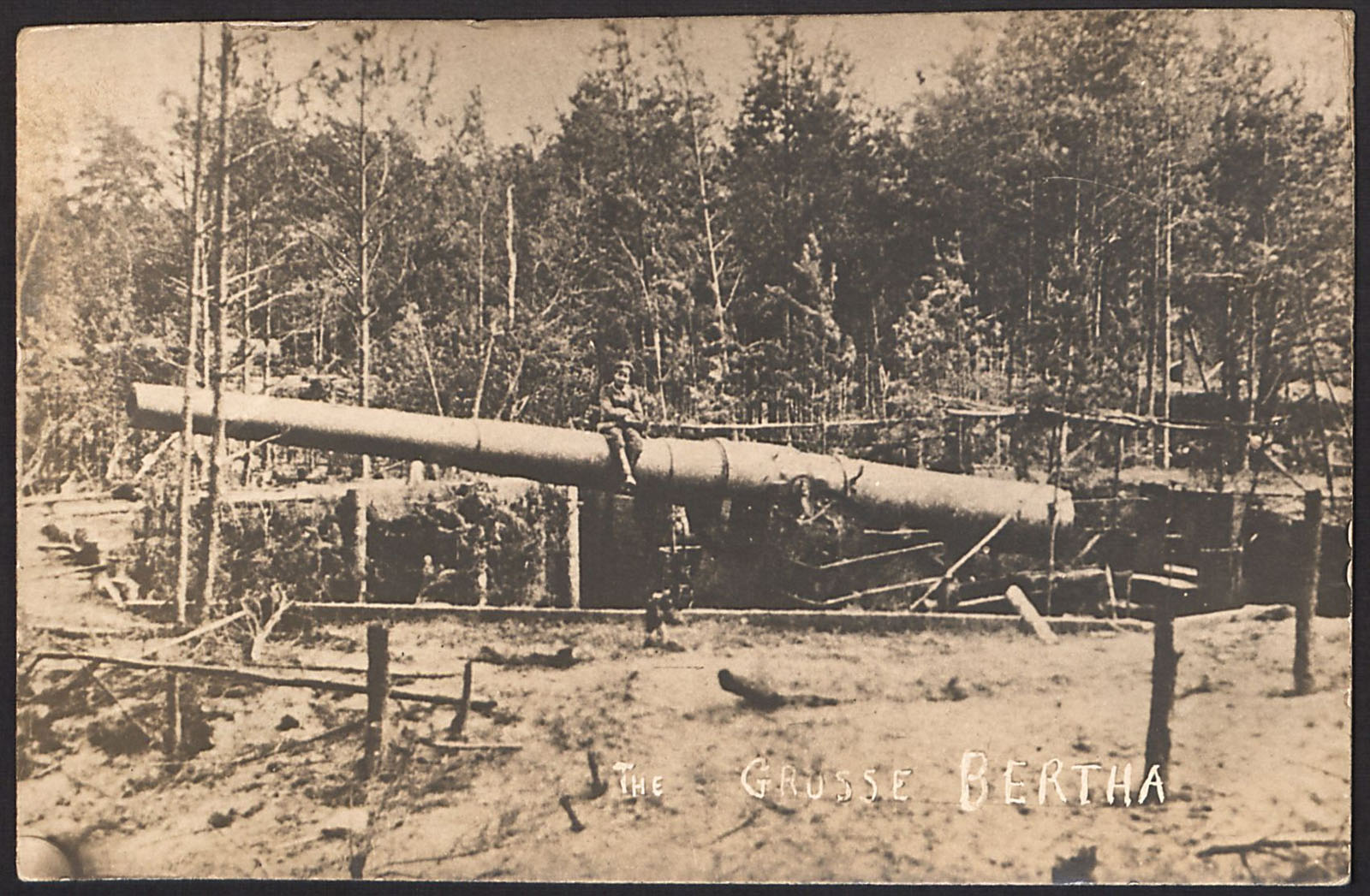
1984.45.203 →
16.
Loos, France
2021.169.246 →
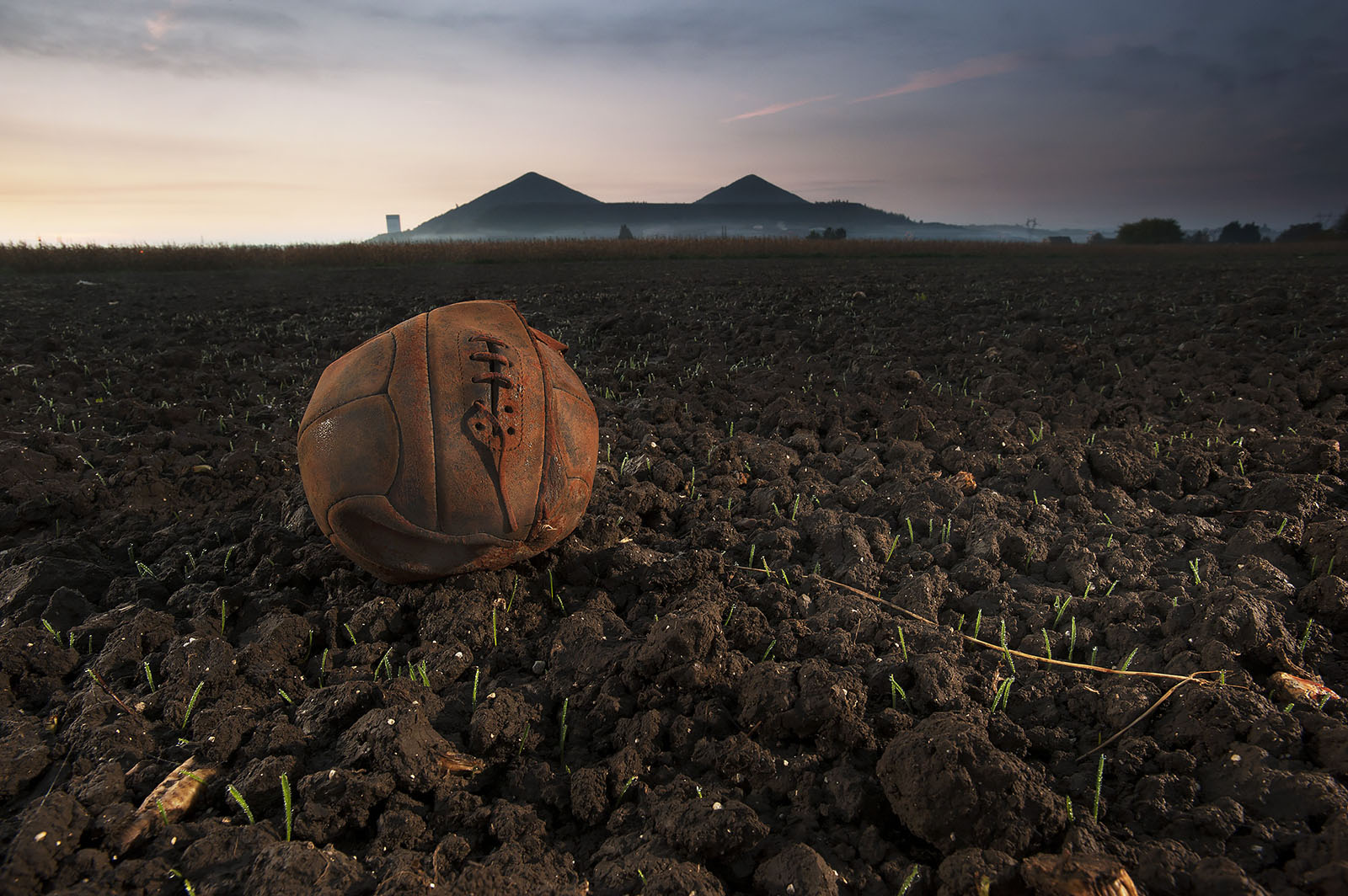
The Loos Football (soccer ball), depicted here on its home field, holds a special place in WWI lore. On Sept. 25, 1915, soldiers of the 18th Battalion London Irish Rifles kicked the ball ahead of them as they attacked German lines west of the mining town of Loos, France.
17.
Somme, France
2021.169.2 →
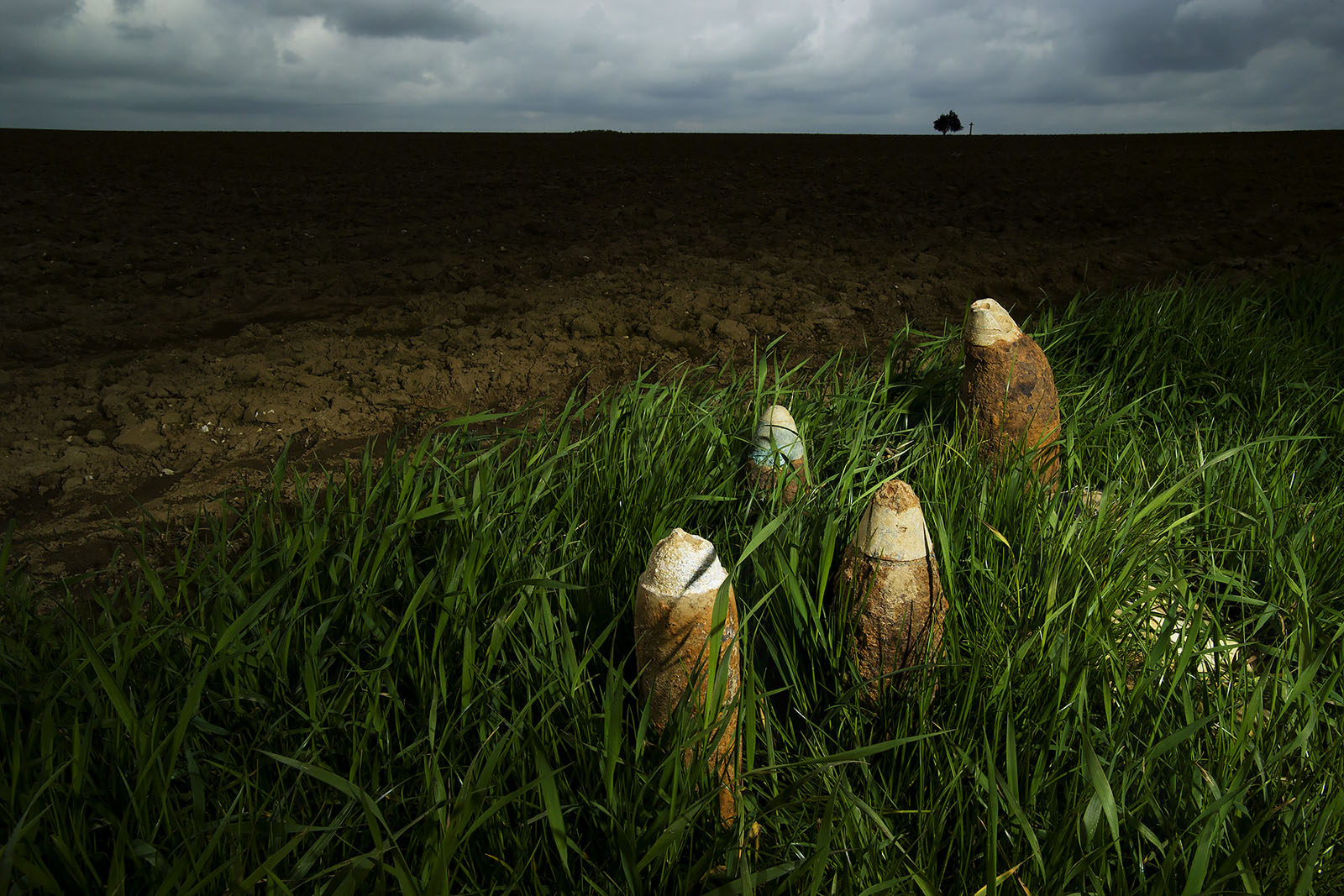
These shells have been placed by the edge of a field for collection by French Army demineurs for controlled detonation. "Iron Harvest" is the name given to the 40 tons of WWI ordnance plowed up each year. While precise figures for casualties from unexploded ordnance are difficult to pinpoint, deaths still occur. In 2007, two bomb disposal experts from Metz died when a shell they were transporting for controlled detonation exploded en route.
18.
Saint-Gond Marshes, Mondemonte, Marne, France
2021.169.272 →
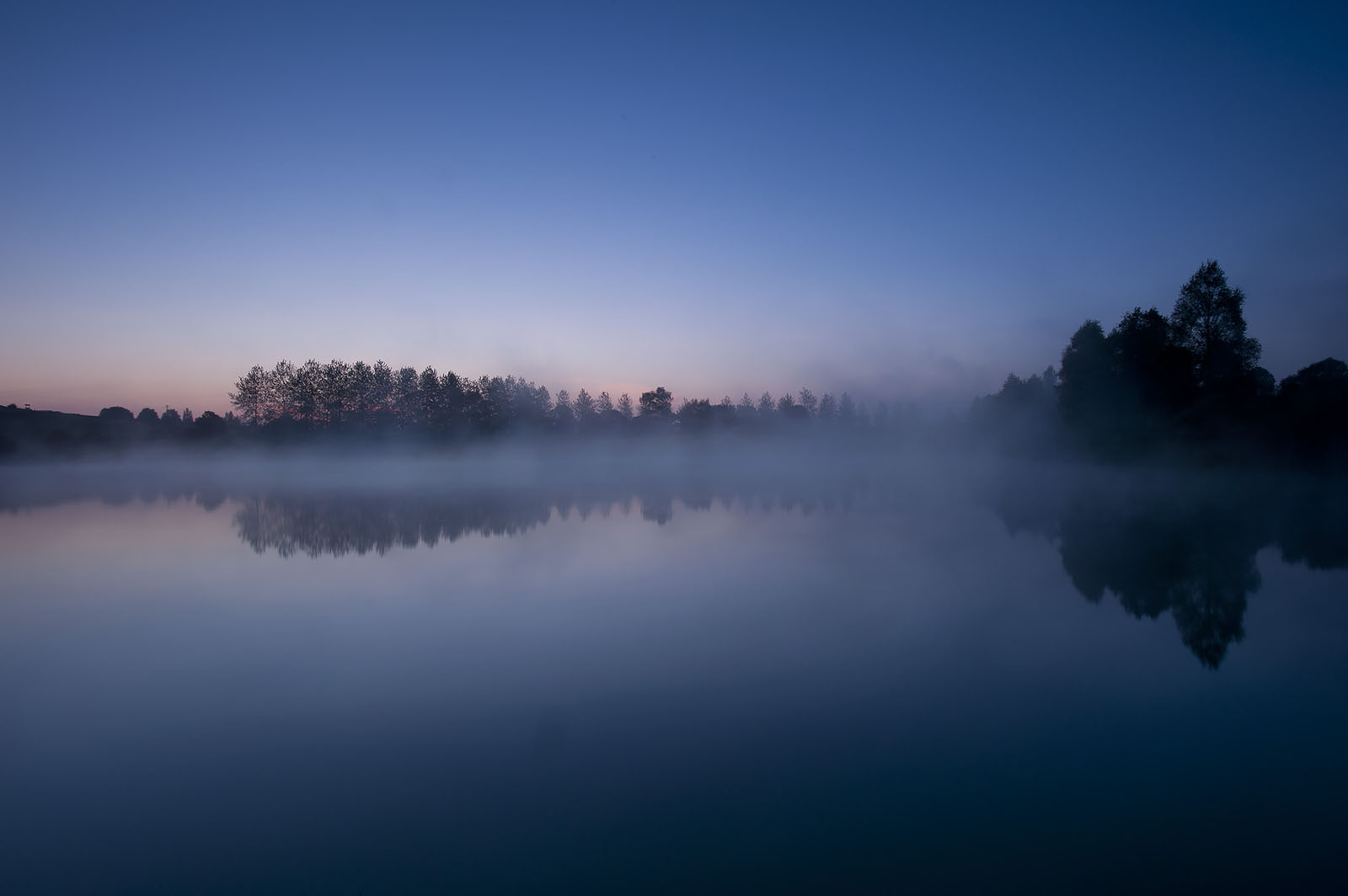
The Saint-Gond Marshes were the scene of fierce skirmishes between German, French and British forces during the First Battle of the Marne in 1914. Despite being outnumbered by German forces, the exhausted Allied soldiers held their position near Mondemonte and ultimately saved Paris.
19.
Fort Tavannes, Verdun, France
2021.169.33 →
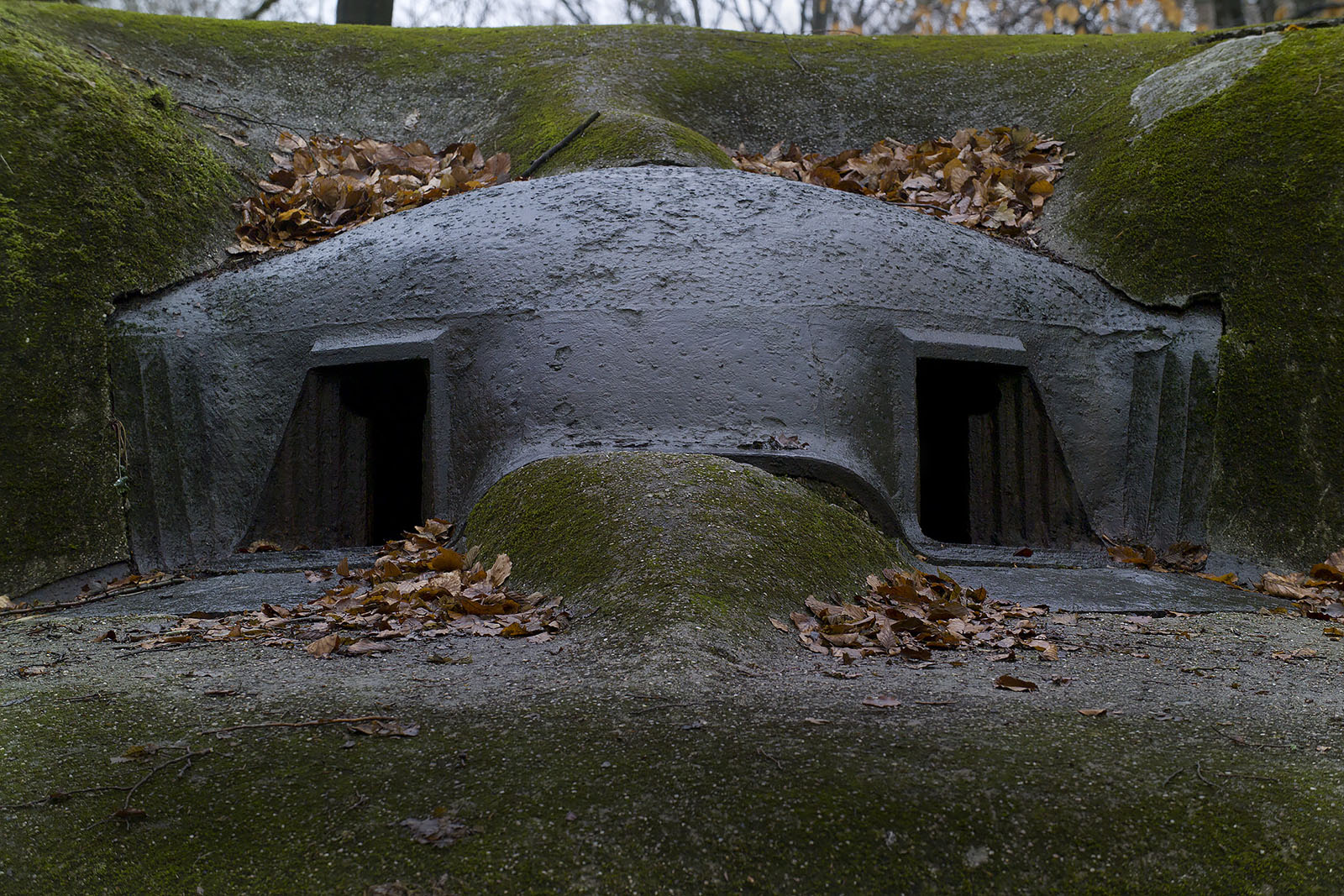
Fort de Tavannes, near Verdun, has defended French soil since the 1800s. By 1916, the French military had added prefabricated steel machine gun cupolas, Hotchkiss machine guns and a series of deep concrete tunnels to safely move troops and supplies.
20.
Sedd el Bahr, Gallipoli, Turkey
2021.169.373 →

Built in 1659, Sedd el Bahr is a small village and fort on the Gallipoli peninsula that guarded the entrance to the Dardanelle Straits. On April 25, 1915, Turkish forces inflicted heavy casualties on the Allied soldiers of the Royal Munster and Royal Dublin Fusiliers when the SS River Clyde beached in a small cove near the fort. Sedd el Bahr roughly translates to “Walls of the Sea.”
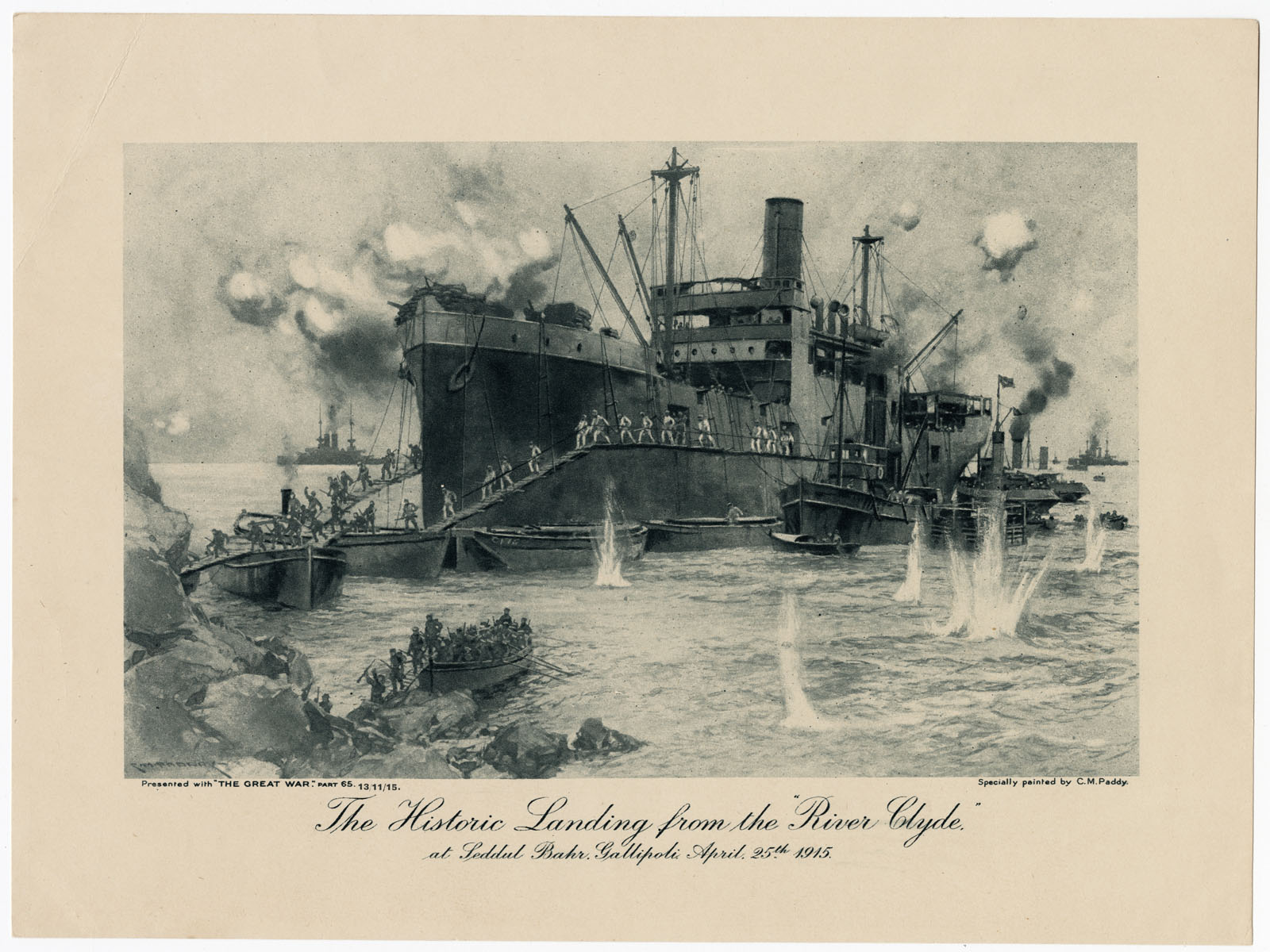
1984.48.27 →
